This is primarily due to the fact that it is an outdated space with areas that are lacking basic natural lighting in broad daylight, where pathways are constantly interrupted by physical and visual obstacles making it impossible to move around unimpeded, and with underused and dilapidated areas.
This is combined with time constraints linked to the fact that the most frequent users are mainly those connected to the commercial and tertiary sector and the surrounding office blocks.
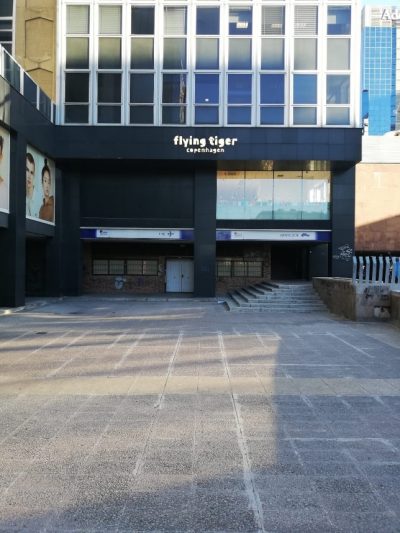
Permeability
The AZCA block is a sort of island within the city. Both the physical and visual communication of the perimeter around AZCA and the area inside the large open spaces are limited to specific points that have neither the sufficient scale or the proportionality for such a large surface.
Accesibility
AZCA is currently a highly complex set of spaces. Crossing it is a challenge, as it requires several changes of direction and level. This becomes even more complex given the multiple levels within the site and the lack of fluidity of the stairs and ramps. This all means that the existing “superblock” is separated from the urban context and that many of the spaces are underused and lying idle.
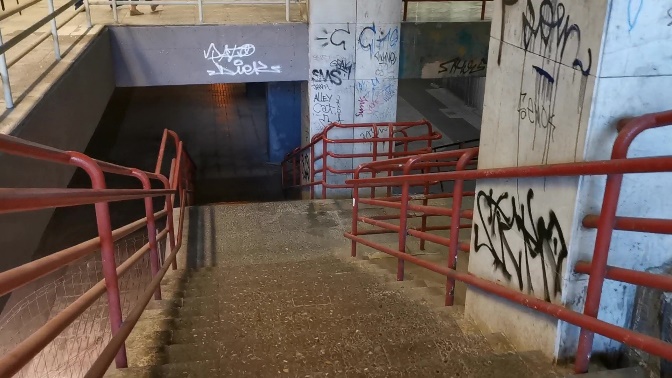
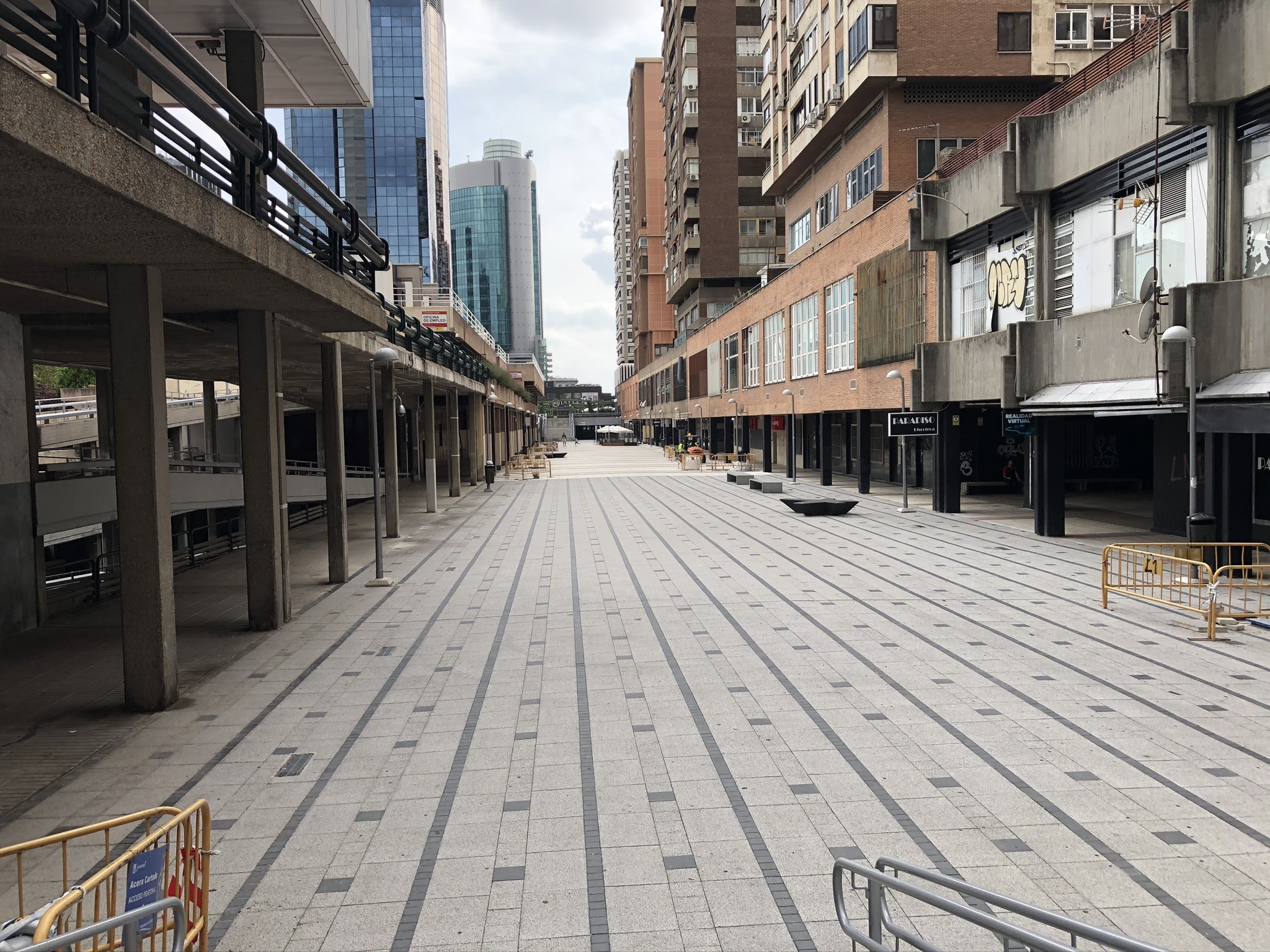
Lack of activity
The lack of activity and quality thereof leads to a lack of attention from the public, who choose to regularly enjoy other open spaces in the city that provide solutions to cultural, sports, leisure, and recreational demands, etc. This worsens further in the covered public spaces, which are dark and underused, and generally speaking, in all parts of the spaces outside of the peak times for entering or leaving the existing office buildings, and at weekends, where there is not such an intense flow of workers in the area.
Stairs and ramps
There are over fifty systems in place for vertically communicating between one level and another, and a total of ten ramp systems that fail to meet current accessibility standards, as well as being in a state of marked deterioration. This makes it difficult for people with reduced mobility to access the space, as well as impeding the natural flow of all pedestrians, who are forced to take winding, maze-like routes.

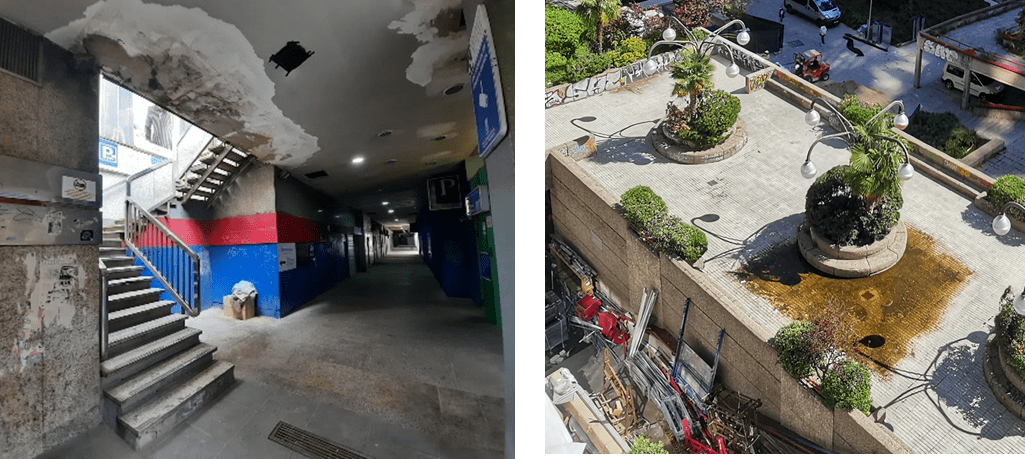
Humidity and leaks
According to studies by the Madrid City Council’s Environmental Department, the most surface level part of the network (drains) are now so deteriorated and obsolete that they have started to cause issues with humidity and leaks.
Conditions of the natural landscape and trees
Out of the 407 trees located in the central public area, 58 (14%) are native species and 346 (86%) are not. This is a very low proportion of native species, which therefore does not facilitate biodiversity in the area and is not in line with today’s standards of “best practices”.
The Platanus is the dominant species in the central area, accounting for 41%. This generates a monoculture and a lack of diversity and resilience in the vegetation. While the majority of Platanus in the area appear to be healthy, there is a widespread presence of anthracnose.
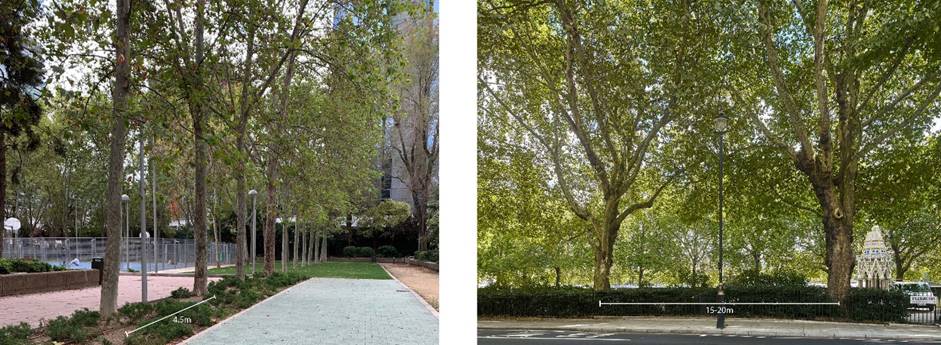
Lighting conditions
There are several semi-covered spaces, patios, arcades, tunnels and passageways that have insufficient natural light and precarious or inadequate artificial lighting. This exacerbates the decline of certain sections, turning the issue of a lack of lighting into a factor that amplifies the lack of safety perceived by the user.
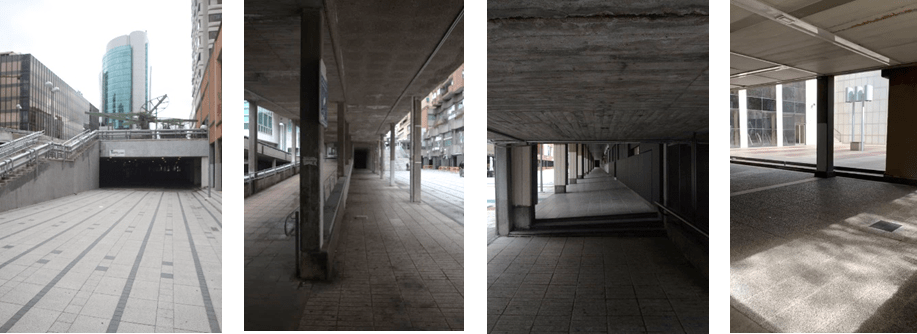
Acoustic conditions
The acoustic problems in the area mainly stem from noise from the premises in the space and the activity of users at night, given the presence of several pubs and clubs in the area, primarily on Avenida de la Vaguada.

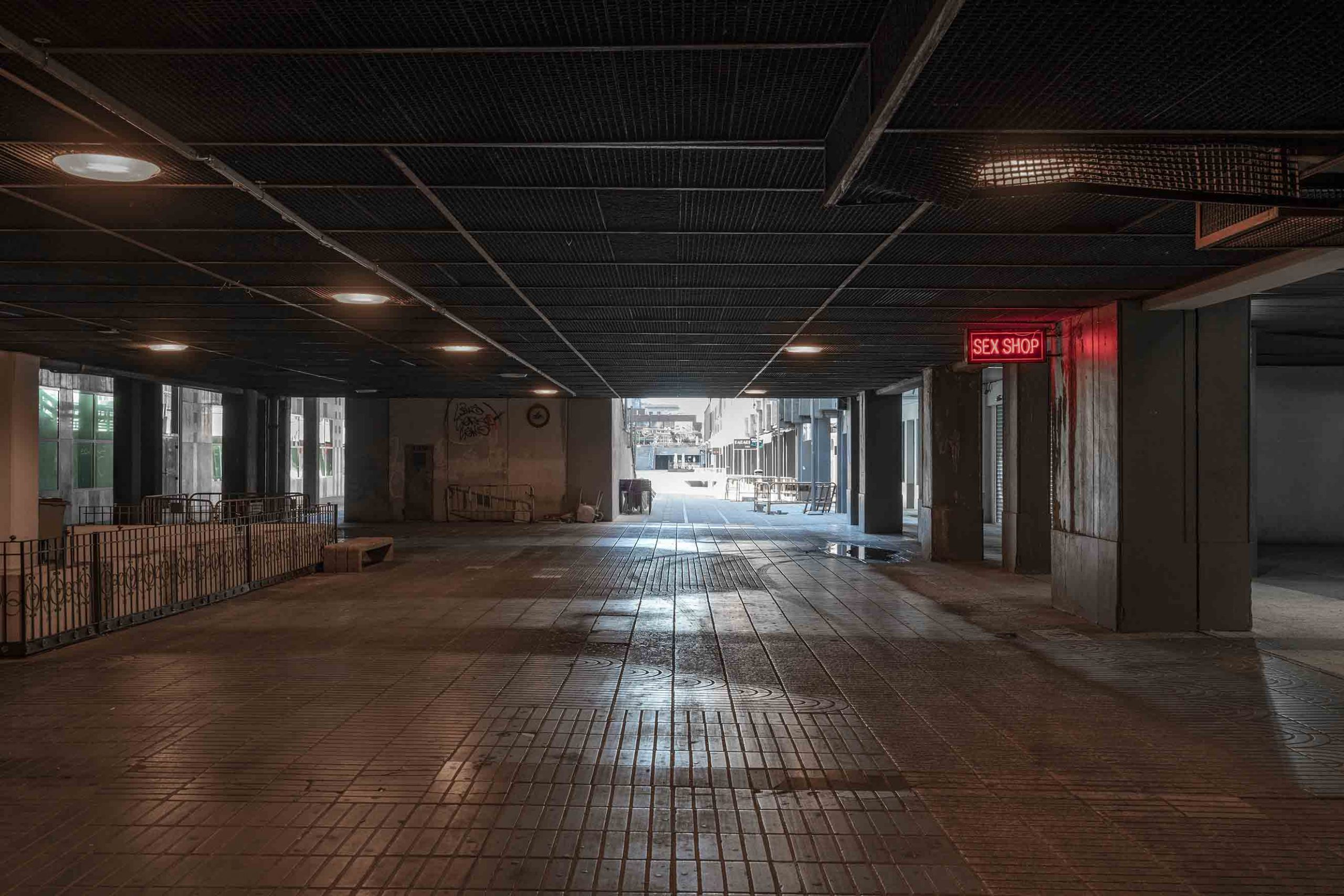
Safety conditions
While objective indicators suggest that the area is not qualitatively less safe than other parts of the city, we must consider the opinions of residents who have voiced concerns in this regard. A sense of insecurity has been reported, mainly due to the lack of lighting, the existence of passageways and nooks that promote begging, and a lack of surveillance, which leads to outdoor drinking sessions, etc.
Maintenance
Maintenance problems among the different owners and the enormous complexity of different public and private ownerships in the space have led to a decline in the upkeep of the public transit areas, which often contain leaks, dampness, stagnant wastewater build-up, flooded areas, etc.

